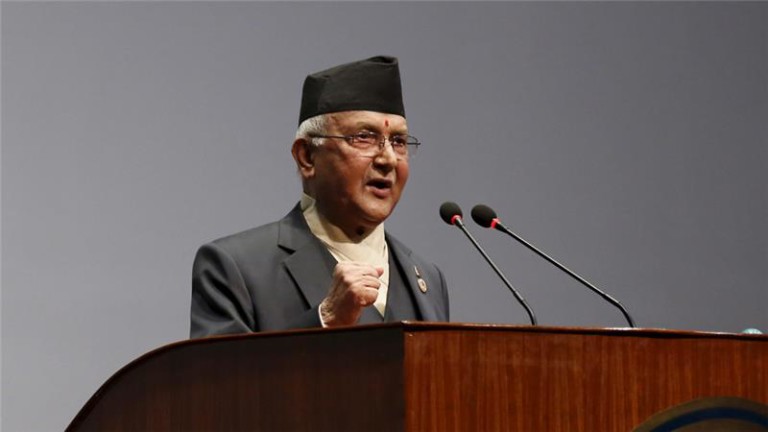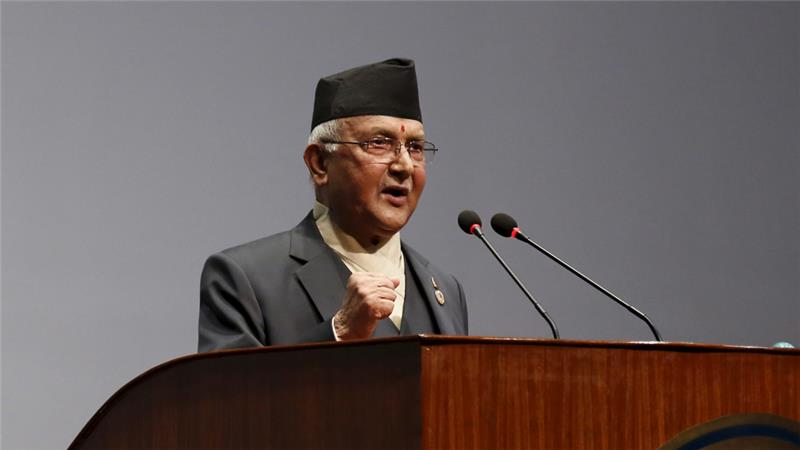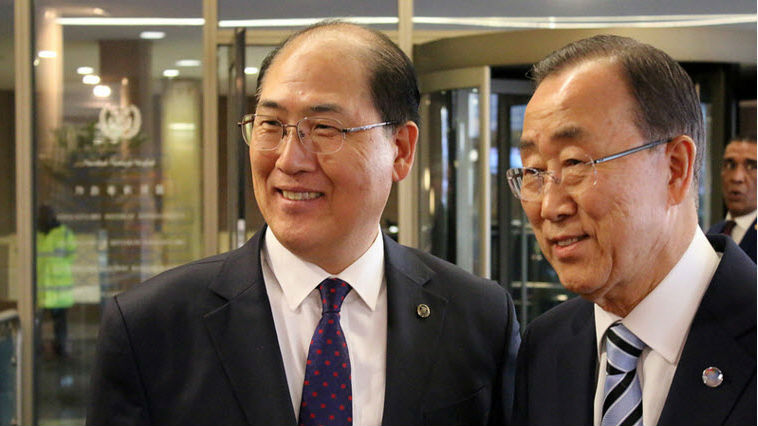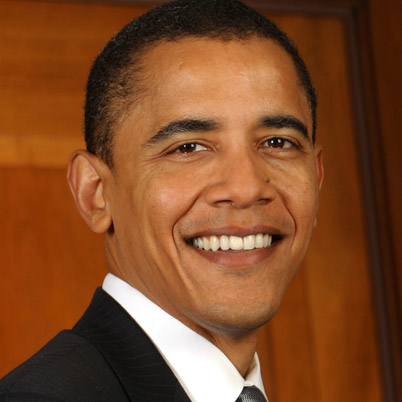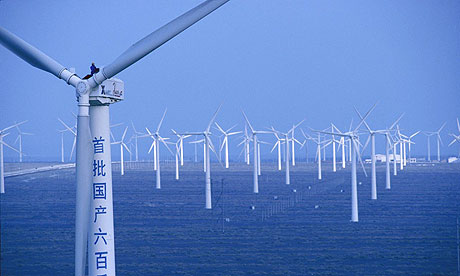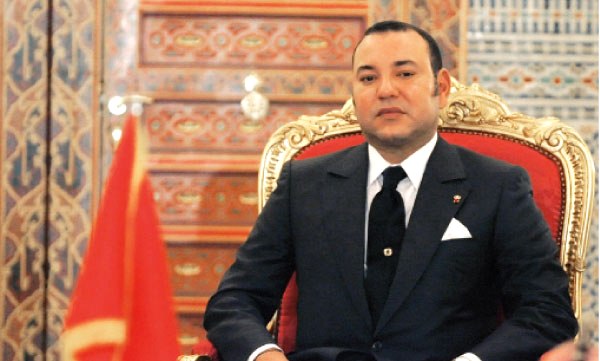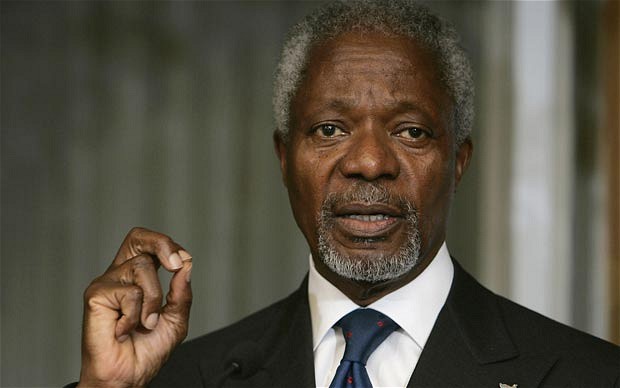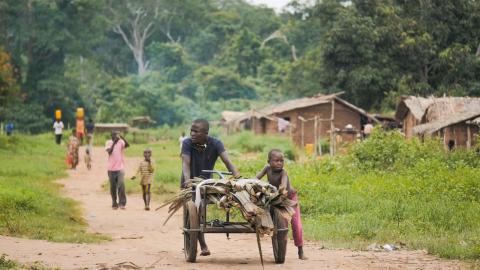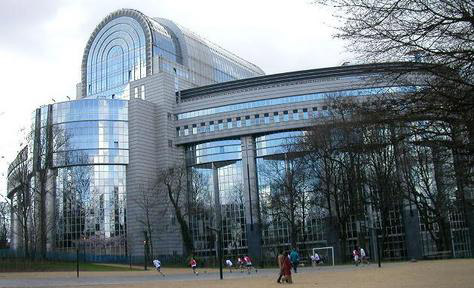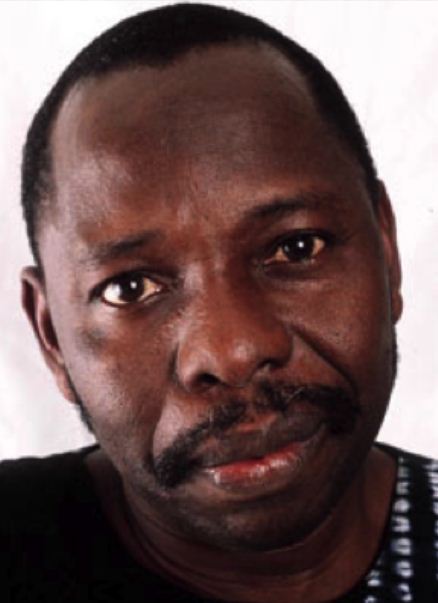Governor Andrew M. Cuomo has announced the New York State Public Service Commission’s approval of a 10-year, $5 billion Clean Energy Fund to accelerate the growth of New York’s clean energy economy, address climate change, strengthen resiliency in the face of extreme weather and lower energy bills for New Yorkers starting this year.
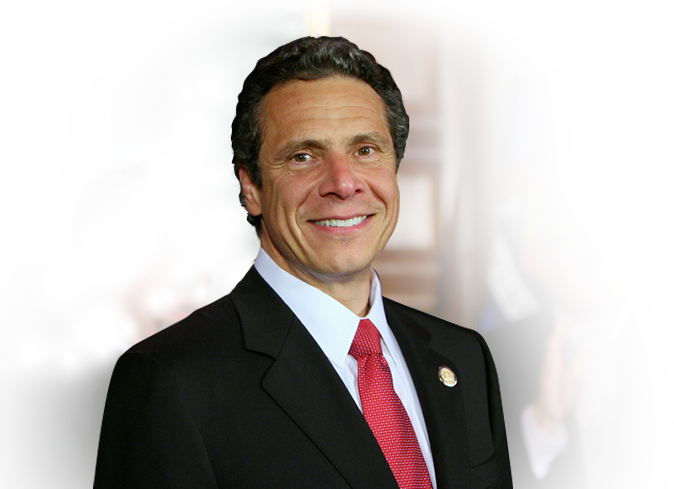
Additionally, the fund will attract and leverage third-party capital to support the Governor’s aggressive Clean Energy Standard, one of the nation’s most ambitious goals to meet 50 percent of our electricity needs with renewable resources by 2030.
“New York is a national leader in combating climate change and growing the clean energy economy – and today we are taking the next big step forward,” Governor Cuomo said.”This unparalleled $5 billion investment will leverage more than $29 billion in private sector funding and open the door to new clean energy opportunities for years to come. We are raising the bar when it comes to increasing the use of renewable energy and reducing harmful carbon emissions, and I am proud that the Empire State is continuing to set the example for the future.”
The $5 billion Clean Energy Fund, to be administered by the New York State Energy Research and Development Authority, builds on the progress the state is already making in developing a robust clean tech sector. The fund is projected to result in more than $39 billion in customer bill savings over the next 10 years through innovative projects and private-public partnerships focused on reducing greenhouse gas emissions, making energy more affordable through energy efficiency and renewable energy, and mobilising private-sector capital. In addition to the $39 billion in overall customer savings, as a result of this Public Service Commission action, consumers and businesses are expected to see lower costs of $1.5 billion over the next 10 years, including an immediate reduction of $91 million from 2016 electric and gas costs compared to 2015.
Consumers and businesses can expect to see lower utility costs this year.
The fund will operate four major portfolios:
- Market Development ($2.7 billion): NYSERDA will undertake a variety of activities to stimulate consumer demand for clean energy alternatives, energy efficiency while helping to build clean energy supply chains to meet that growing customer demand. At least $234.5 million must be invested in initiatives that benefit low-to-moderate income New Yorkers during the first three years of the fund;
- NY-Sun ($961 million): The fund finalises the funding and confirms the long-term commitment for NY-Sun and for the growing solar electric market and industry in New York State, by supporting rapid and continued cost reduction. This will continue to make solar energy more affordable and accessible for residential and commercial solar customers, and will drive the growth of the solar industry in New York, which currently employs more than 7,000 people across 538 solar companies in the state;
- NY Green Bank ($782 million): To leverage private sector investment, expand the availability of capital and increase confidence in lending for clean energy projects, the fund will complete the capitalisation of the innovative NY Green Bank. The fund will increase NY Green Bank’s total investment to $1 billion and will leverage an estimated $8 billion in private investment;
- Innovation and Research ($717 million): As New York State moves to a cleaner, more efficient, and more widely distributed energy system, the Clean Energy Fund will help spur innovations through research and technology development that will drive clean-tech business growth and job creation while providing more energy choices to residential and business customers.
New York State Chairman of Energy and Finance Richard Kauffman said, “The Clean Energy Fund will achieve greater customer savings and stimulate more demand for — and private investment in — renewable energy and energy efficiency projects, furthering the Governor’s Reforming the Energy Vision strategy. By acting today and not tomorrow, we ensure our grid will be modernised and strengthened as we also lower New Yorker’s electricity rates by implementing the most cost-effective solutions to meet our challenges.”
At a recent State of the State address, Governor Cuomo officially proposed the creation of a Clean Energy Standard and directed the Public Service Commission to establish enforceable mandates for renewable power by June. The Commission approved a public process to adopt a Clean Energy Standard that will also include a separate support mechanism for upstate nuclear power plants. Since nuclear facilities do not produce greenhouse gas emissions, they will help the State transition to a future under the Clean Energy Standard without losing ground on emission reductions statewide, it was gathered.
The Commission also took other steps to advance Governor Cuomo’s Reforming the Energy Vision Strategy, or REV, by directing major electric and gas utilities to develop new, cutting-edge energy efficiency programmes, on both a regional and statewide basis. It also established a benefit-cost analysis framework for evaluating new energy proposals, such as smaller, cleaner power plants, to determine whether they meet the energy- and cost-saving goals of REV.
The Clean Energy Fund supports the environmental goals of both REV and the Clean Energy Standard by reducing an estimated 133 million tons of carbon emissions (the equivalent of removing 1.8 million cars from the road). Energy efficiency and other priority initiatives of the fund are also expected to save 10.6 million MWh of electricity and 13.4 million MMBtu of fuel consumption overall.
New York State Public Service Commission Chair Audrey Zibelman said, “Under the Clean Energy Fund, every dollar of clean energy spending will achieve greater savings and enhance private investment, spurring innovation and new technologies that will bring more choices and value to New York consumers. We will build on the success of previous energy-development programmes in a way that meets evolving customer and market needs and transition away from approaches that rely almost exclusively on ratepayer subsidies, which is unsustainable if we are to meet our ambitious goals in the long-run.”
NYSERDA President and CEO John B. Rhodes said, “The Clean Energy Fund allows the State to make faster and greater progress towards Governor Cuomo’s State Energy Plan and Clean Energy Standard goals, while reducing ratepayer collections. It also creates the demand for clean energy and the certainty we need to accelerate the growth of a dynamic clean tech economy that stimulates private investment and job creation.”
New York State Department of Environmental Conservation Acting Commissioner Basil Seggos said, “Through Governor Cuomo’s leadership, New York State is a national model in investing in renewable energy and addressing climate change. The Clean Energy Fund will allow New York to build a clean tech industry while furthering its efforts to reduce greenhouse gas emissions and provide utility savings for New Yorkers.”
In the Clean Energy Fund order, the Commission also allocated $150 million for the development of new Large Scale Renewables power projects in 2016. As the Commission develops a Clean Energy Standard, it will create new incentives for large scale renewables and a new mechanism to prevent the premature retirement of safe, upstate nuclear power plants during this transition.
In addition, the Commission ruled that the Clean Energy Standard should include non-emitting generation resources, like the nuclear power facilities in upstate New York. Without these plants, the state would lose some of the emission reductions already achieved by the state and possibly lead to an increase of more than 12 million metric tons of carbon dioxide.
To complement further programmes supported by the Clean Energy Fund, the Commission is directing that each investor-owned utility seeks to improve their own energy-efficiency programmes to better engage customers and meet the overall goals of the Clean Energy Standard and the State Energy Plan. Energy-efficiency programmes offered by major utilities are poised to offer greater value and new, cost-saving services to consumers under streamlined rules approved. Along with NYSERDA’s 10-year, $5 billion Clean Energy Fund, utilities will now develop energy-efficiency programmes that will achieve greater market-wide efficiency savings, target specific needs in the state and depend less on direct ratepayer support.
NYSERDA will continue to offer energy-efficiency programmes designed for low-income customers. However, the utilities and NYSERDA are directed to actively evaluate and develop innovative programmes that reach deeper into low-income communities.
Reforming the Energy Vision is New York Governor Cuomo’s strategy to build a cleaner, more resilient and affordable energy system for all New Yorkers. REV places clean, locally produced power at the core of New York’s energy system which protects the environment and supports the State’s goal to reduce greenhouse gas emissions by 40 percent while generating 50 percent of its electricity from renewable energy sources by 2030. Successful initiatives already launched as part of REV include NY-Sun, NY Green Bank, NY Prize, K-Solar, and includes a commitment to improve energy affordability for low-income communities.

